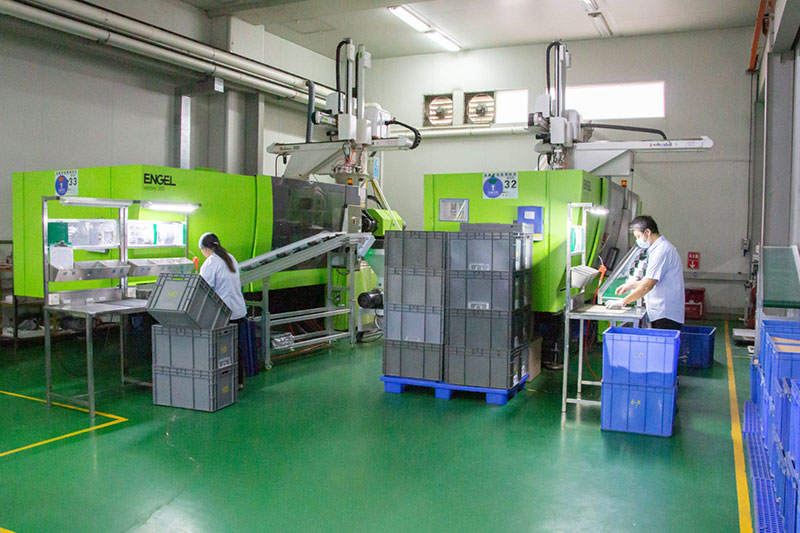hat is the basic knowledge of injection mold structure?
Injection mold is the key of injection molding, and its structure design has an important impact on product quality, production efficiency and production cost. Here is a detailed introduction to the basic knowledge of injection mold structure, there are mainly the following 6 aspects, hope to help you.
1. Mold infrastructure
The mold foundation structure mainly includes the upper template, the lower template, the fixed plate, the movable plate, the guide post and the guide sleeve, the spacing adjustment mechanism of the template, the ejector device, etc. Among them, the upper template and the lower template are the two main parts of the mold, connected together by the fixed plate, at the same time through the guide column and guide sleeve positioning, to ensure the accuracy and stability of the mold.
2. Injection molding system
The injection molding system consists of a nozzle, a hopper, a screw, a heater and a temperature controller, etc., which is used to heat and melt plastic raw materials and inject the molten material into the mold through the nozzle to form products. In the injection molding system, screw is the core component, its diameter, cross-sectional area, length, pitch and other parameters have a decisive impact on the stability, fluidity, pressure and speed of the injection molding process.
3. Cooling system
The cooling system is mainly composed of water channel and water outlet. Its function is to control the temperature of the mold by introducing cooling water into the mold, so as to ensure the high quality, consistency and stability of the product in the molding process. At the same time, the reasonably designed cooling system can also optimize the injection cycle and improve production efficiency.
4. Ejector device
Ejector device is the key part of the injection molded parts from the mold, its role is to push the molding parts out of the mold through the compression spring or hydraulic force, and ensure the shape, size and surface quality of the parts intact.
5. Mold materials
The choice of die material directly affects the life and cost of die. According to different application scenarios and requirements, common die materials include tool steel, hard alloy, aluminum alloy and polymer materials. In the selection of mold materials need to consider the shape of injection products, size, material, production batch and other factors.
6. Mold maintenance
In the process of production, the mold will be affected by thermal expansion, thermal shrinkage and friction, which is easy to crack, wear, deformation and other problems. In order to ensure the stability and lasting use of the mold, it is necessary to carry out regular maintenance, cleaning and dressing, especially to pay attention to the rust prevention and maintenance of the mold.
In short, injection mold structure design is one of the important links in the process of injection molding, the need to reasonably design the size, shape, materials and parameters of each part according to the actual needs, in order to ensure the production of high-quality, efficient and reliable injection products.
Post time: May-09-2023





